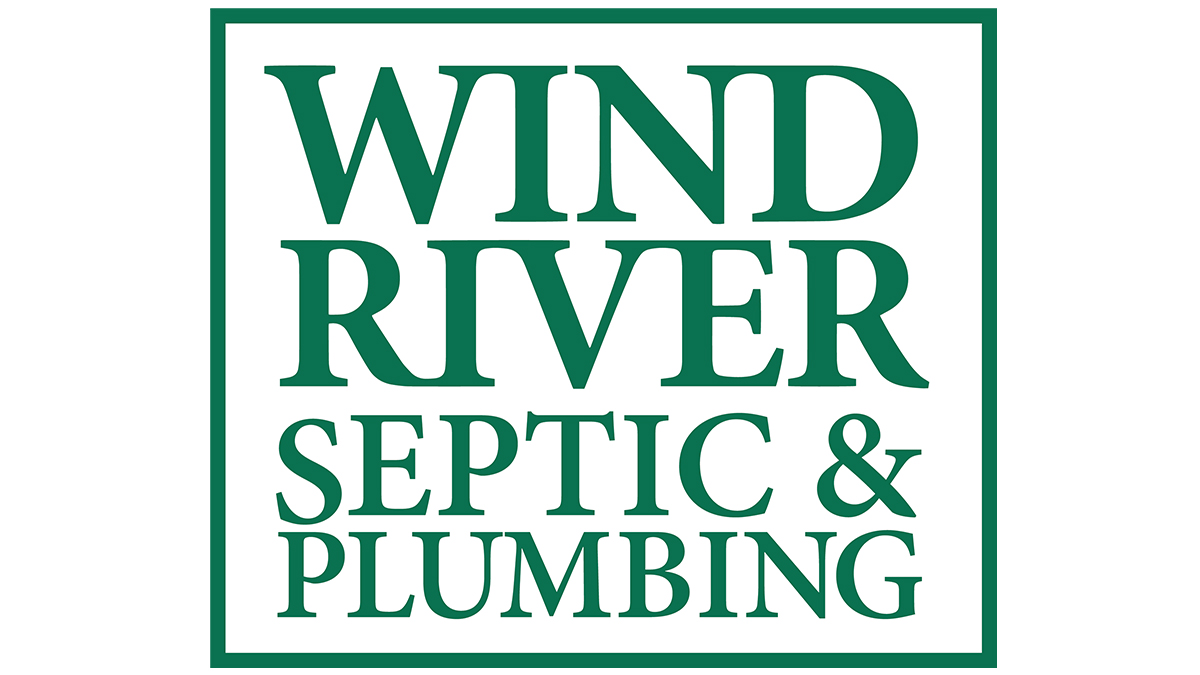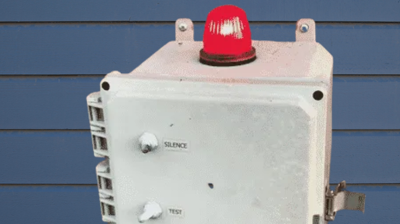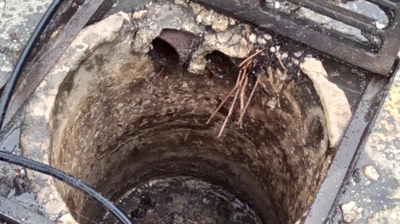What Is a Drain Field & How Does It Work?
A septic drain field, also known as a leach field or disposal field, is an integral part of a septic system. It's where the final treatment of wastewater happens before it returns to the environment. Your septic tank collects all the waste from your household, and after solid waste settles at the bottom, the remaining liquid, known as effluent, moves to the septic drain field.
The drain field is typically a series of perforated pipes laid in gravel-filled trenches in the ground. The effluent trickles out of these pipes and into the surrounding soil. As it percolates through the soil, harmful impurities like bacteria, viruses, and excessive nutrients are naturally filtered out and neutralized, ensuring that the water entering the groundwater is safe.
What Is a Septic Drain Field Made Of?
As we mentioned, at the core, it comprises perforated pipes, which are often made from PVC or other hard resins. These pipes are designed to distribute wastewater evenly throughout the drain field. Surrounding these pipes is a porous material, typically gravel. This gravel layer serves as a buffer, allowing the effluent (liquid waste) to trickle out into the soil while keeping larger solids contained.
How Long Do Drain Fields Last?
A septic drain field, when properly maintained, can typically last between 20 to 30 years. Yet, numerous factors can considerably impact this lifespan. These elements encompass the quality of the initial setup, the proportion of the drain field to the volume of wastewater it handles, the condition of the soil, and the regularity and type of maintenance undertaken.
Common Drain Field Problems
Some of the issues that can arise with your drain field include:
- Root invasion. Slow drainage or backups in sinks, toilets, and showers may indicate root invasion. You might also notice lush green patches over the drain field.
- Flooding. Puddles of water on the surface of the drain field or sewage smell indicates flooding.
- Clogged pipelines. Slow drains, foul odors, or wastewater backup into the house suggest clogged pipelines.
- Crushed pipes. If you experience slow draining or backups similar to clogs, but the pipes are clear, the issue might be crushed pipes.
- Oversaturation. If you see standing water, lush green grass over the field, or smell sewage, your drain field might be oversaturated.
- Inadequate size of drain fields. Slow drainage, wastewater backup, and standing water over the field can indicate an undersized drain field.
- Soil compaction. If the soil over the drain field becomes compacted, it can lead to poor absorption, resulting in standing water and slow drains.
What Are Some Ways to Protect Your Drain Fields?
Regular maintenance is crucial to keep your septic system functioning correctly. This includes pumping out the septic tank routinely to prevent sludge build-up, which could overflow into the drain field and cause damage. You should also:
- Ensure proper grading around the drain field to direct rainwater away.
- Avoid overwatering plants near the area.
- Plant trees and large plants away from the drain field and regularly check for signs of root invasion.
- Avoid flushing non-biodegradable items down the toilet.
- Avoid driving or parking heavy vehicles on the drain field.
- Use water efficiently in your home.
Wind River Environmental offers residential and commercial septic services. Call (877) 560-9007 or complete our online contact form to schedule your septic system repair, design, installation, cleaning, rejuvenation, or inspection today.





.2506260734265.png)
